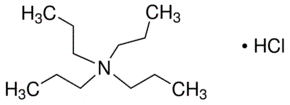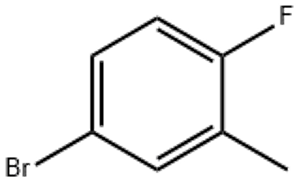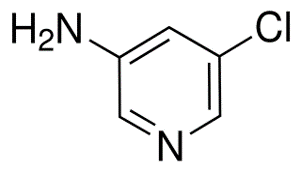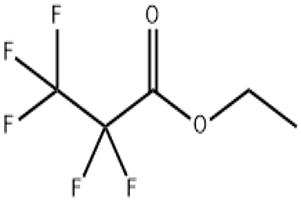4-Bromo-2-fluorobenzyl bromide (CAS# 76283-09-5)
| Hazard Symbols | C – Corrosive |
| Risk Codes | R22 – Harmful if swallowed R34 – Causes burns R52/53 – Harmful to aquatic organisms, may cause long-term adverse effects in the aquatic environment. R20/21/22 – Harmful by inhalation, in contact with skin and if swallowed. |
| Safety Description | S26 – In case of contact with eyes, rinse immediately with plenty of water and seek medical advice. S36/37/39 – Wear suitable protective clothing, gloves and eye/face protection. S45 – In case of accident or if you feel unwell, seek medical advice immediately (show the label whenever possible.) S61 – Avoid release to the environment. Refer to special instructions / safety data sheets. |
| UN IDs | UN 2923 8/PG 3 |
| WGK Germany | 2 |
| HS Code | 29039990 |
| Hazard Note | Corrosive/Lachrymatory |
| Hazard Class | 8 |
| Packing Group | III |
Introduction
2-Fluoro-4-bromobenzyl bromide is an organic compound. The following is an introduction to its nature, use, preparation method and safety information:
Quality:
- Appearance: 2-Fluoro-4-bromobenzyl bromide is a colorless to pale yellow liquid.
- Solubility: It is soluble in organic solvents such as alcohols and ethers, but insoluble in water.
Use:
- 2-Fluoro-4-bromobenzyl bromide is often used as an important intermediate in organic synthesis.
- This compound can also be used as a raw material for catalysts and surfactants.
Method:
The preparation method of 2-fluoro-4-bromobenzyl bromide is as follows:
- Reaction of 2-bromobenzyl alcohol with 2,4-difluorobenzoic acid, catalyzed by alkali, at the appropriate temperature and time conditions.
- After the reaction is completed, purification and separation are carried out by crystallization or distillation to obtain 2-fluoro-4-bromobenzyl bromide with high purity.
Safety Information:
- 2-Fluoro-4-bromobenzyl bromide is a volatile organic compound and its vapours should be avoided by inhalation.
- Wear appropriate personal protective equipment such as protective glasses, gloves and lab coats during handling and handling.
- When storing and using, avoid contact with oxidants, strong acids, strong alkalis and other substances to avoid dangerous reactions.
- When storing and disposing of it, relevant laws, regulations and safety regulations should be observed.


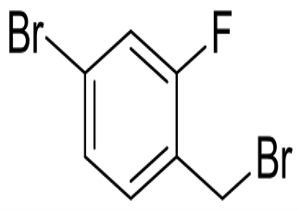
![Ethyl 4,5,6,7-Tetrahydrothiazolo[5,4-c]pyridine-2-carboxylate Hydrochloride(CAS#1186663-33-1)](https://www.xinchem.com/uploads/carboxylateHydrochloride.png)
